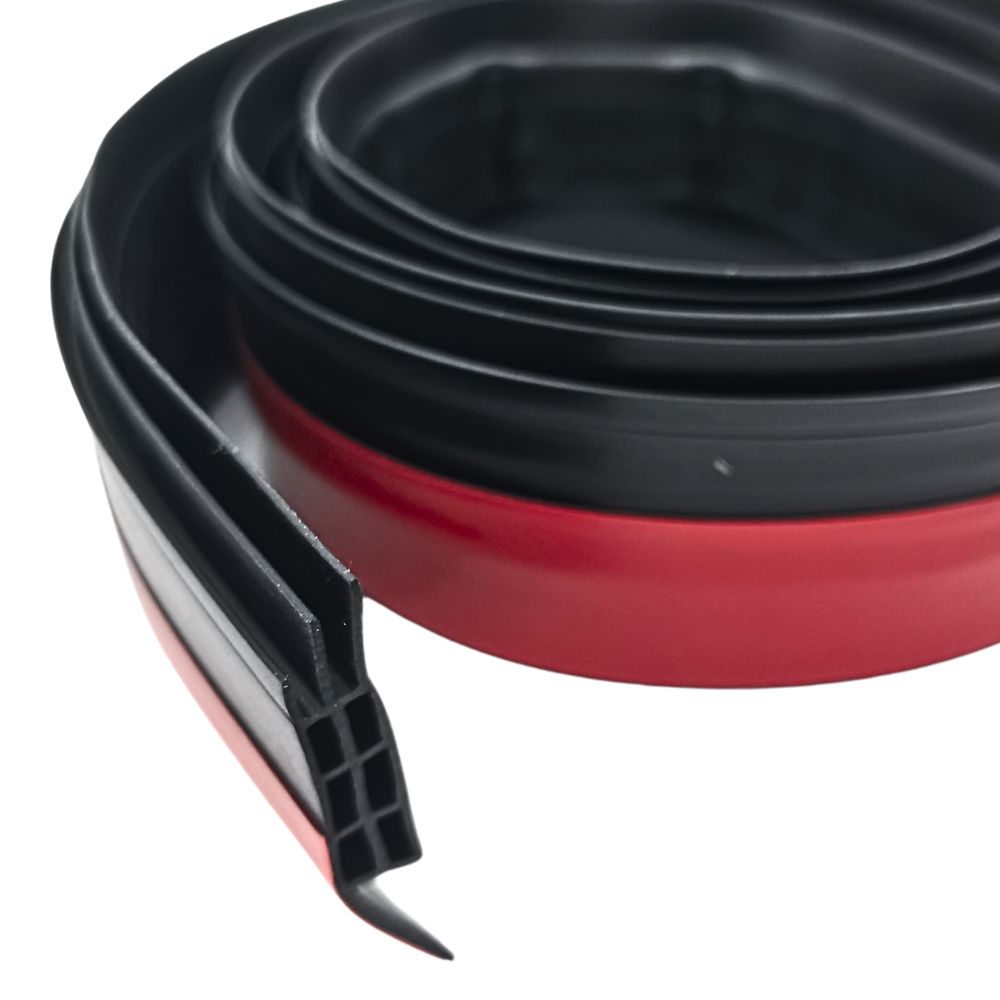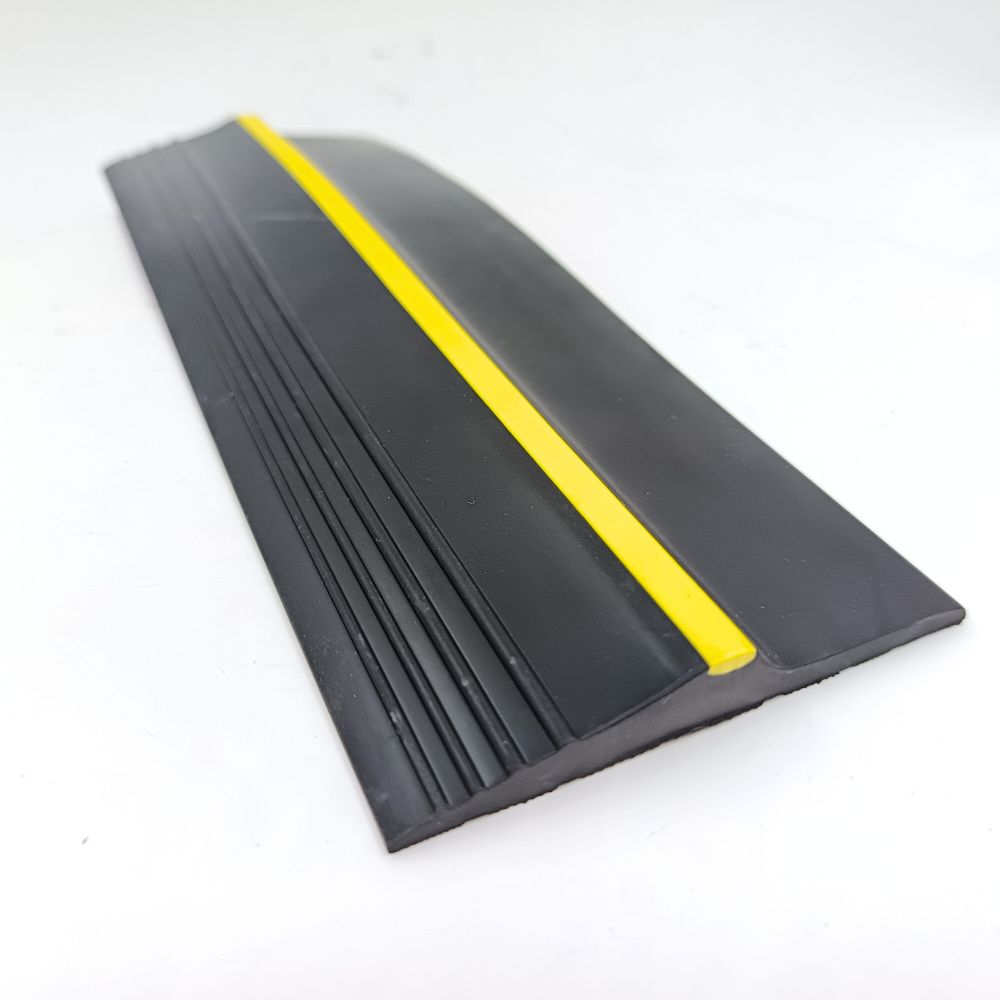A draught-proof garage door is a simple but highly effective way to enhance your home's energy efficiency, reduce heating costs, and keep your garage comfortable year-round. Whether your garage serves as a workshop, office, or storage space, preventing cold air, dust, and pests from entering is essential for maintaining a clean, functional environment. In this guide, we’ll explore the benefits of draught-proof garage doors, the different types of draught-proofing solutions, and how to install these seals for maximum effectiveness.
What Are the Benefits of Garage Door Draught Proofing? Draught-proofing your garage door is a smart and cost-effective way to boost the energy efficiency of your home. By sealing any gaps, you can prevent cold air from entering, which is especially important if your garage is connected to your living space. This simple upgrade helps reduce heat loss, potentially leading to lower heating costs over time. Additionally, a draught-proofed garage helps maintain a more stable temperature inside, making it more comfortable for any activities you do in the space, whether it's working on DIY projects, exercising in a home gym, or simply storing items. Beyond regulating temperature, installing a draught excluder on your garage door also keeps out unwanted elements such as dust, leaves, and insects. This not only ensures a cleaner environment but also enhances the overall functionality of the garage, making it a more pleasant and usable space year-round. By improving both comfort and cleanliness, draught-proofing ensures your garage is as efficient and practical as possible.
Types Of Garage Door Draught Excluders
There are several types of garage door draught excluders designed to seal gaps effectively. Depending on where the draughts are coming from, you may need one or more of the following options:
Garage Door Multiseals
Multi-seals are flexible rubber strips that are used to seal small gaps along the top, bottom, and sides of the door. These draught-proofing strips are simple to install and feature strong adhesive backing for easy application.

Garage Door Threshold Seals
Also referred to as floor seals or rubber floor seals, threshold seals are ideal for sealing the gap between the door and the ground. These seals prevent cold air from entering under the door and are particularly useful for uneven floors, offering enhanced protection against draughts.

How Do I Draught-Proof My Garage Door?
If you're asking, "How do I stop cold air from coming through my garage door?" the good news is that draught-proofing is an easy and effective solution. With the right materials, you can quickly seal gaps and stop unwanted cold air from infiltrating your garage. Here's how you can fit various types of draught excluders to create a more comfortable and energy-efficient space:
1. Inspect the Garage Door for Draughts Before you begin the installation, it's important to locate where the draughts are entering. On a windy day or at night with a flashlight, stand inside your garage and carefully inspect for visible gaps. Pay special attention to the bottom, sides, top, and any spaces between panels if you have a sectional door. Identifying these gaps will help you choose the right draught-proofing solution for your needs.
2. Install Garage Door Multi-Seals For gaps along the top and sides of your garage door, multi-seals are an excellent option. To install: Measure the length of the door to determine how much seal you'll need. Cut the multi-seal to fit. Remove any old or damaged seals. Apply the new seal, using adhesive strips to attach it firmly in place. For extra security, you can use screws in addition to the adhesive. This will effectively seal the gaps around the top and sides of the door, preventing draughts from entering and improving the overall insulation of your garage.
3. Install a Threshold Seal If the gap beneath your garage door is the main culprit, a threshold seal (also known as a rubber floor seal) can help. This type of seal blocks cold air from entering under the door by creating a barrier at the base. To install: Clean the surface where the door meets the floor to ensure the adhesive sticks properly. Apply adhesive to the back of the threshold seal. Press the seal firmly onto the floor along the length of the door. Threshold seals are especially useful for uneven surfaces, providing a secure barrier that prevents draughts from slipping in.
4. Apply Garage Door Brush Strips to the Bottom of the Door Brush strips are a great option for sealing gaps at the bottom of the door, especially if there are irregularities in the surface. These strips feature stiff nylon bristles that block draughts while allowing the door to open and close smoothly. To install: Measure the length of the bottom of your door. Cut the brush strip to size. Attach the strip using screws, ensuring it covers the gap entirely. In addition to blocking cold air, brush strips also help keep out dust, dirt, and pests, ensuring your garage remains clean and functional.
By following these simple steps and using the right draught-proofing materials, you can easily stop cold air from entering your garage and enjoy a more energy-efficient, comfortable space. Regularly inspect and maintain these seals to ensure your garage door remains properly insulated year-round.
Tips for Maintaining a Draught-Proof Garage Door After sealing the gaps and preventing draughts, it’s important to regularly maintain your garage door’s weatherproofing to ensure long-term effectiveness. Here are some key tips to help you keep your draught-proof garage door in optimal condition: 1. Regular Maintenance Inspect your threshold seals, brush strips, and other draught-proofing materials on a regular basis. Over time, these components can wear out due to wear and tear. Replacing them when necessary will ensure they continue to provide effective protection against draughts, keeping your garage comfortable and energy-efficient. 2. Check Garage Door Insulation If your garage is attached to the house, consider adding insulation to the garage door itself. Insulated garage doors reduce heat loss and improve your home’s overall energy efficiency. This is particularly beneficial for garages that are frequently used as living or working spaces, as it helps to maintain a more stable indoor temperature. 3. Ensure Proper Ventilation While sealing draughts is important, don’t forget to check your garage’s ventilation. Good airflow is essential to prevent moisture buildup, which can lead to condensation and dampness. This is especially important if you store vehicles, equipment, or other items sensitive to moisture. A well-ventilated garage will not only reduce the risk of mold and rust but also help maintain a dry and comfortable environment. By keeping your draught-proofing measures well-maintained and addressing insulation and ventilation needs, you can ensure your garage remains a comfortable, energy-efficient space year-round.
If you need anything, please contact us,Customized different size/color/shape rubber products, making molds depending on your samples or drawings. FREE SAMPLES can be sent for your evaluation!
Over 20 years Professional Experience in Auto Accessories Field
https://www.jhsealstrip.com/